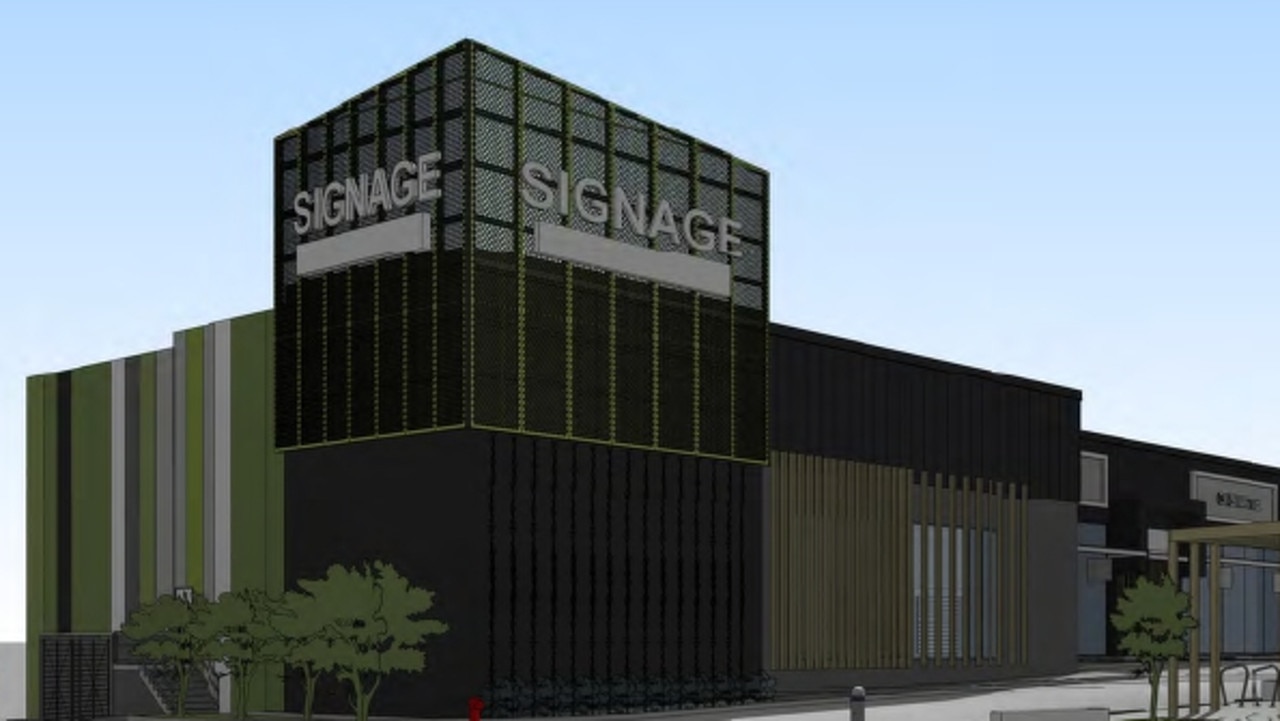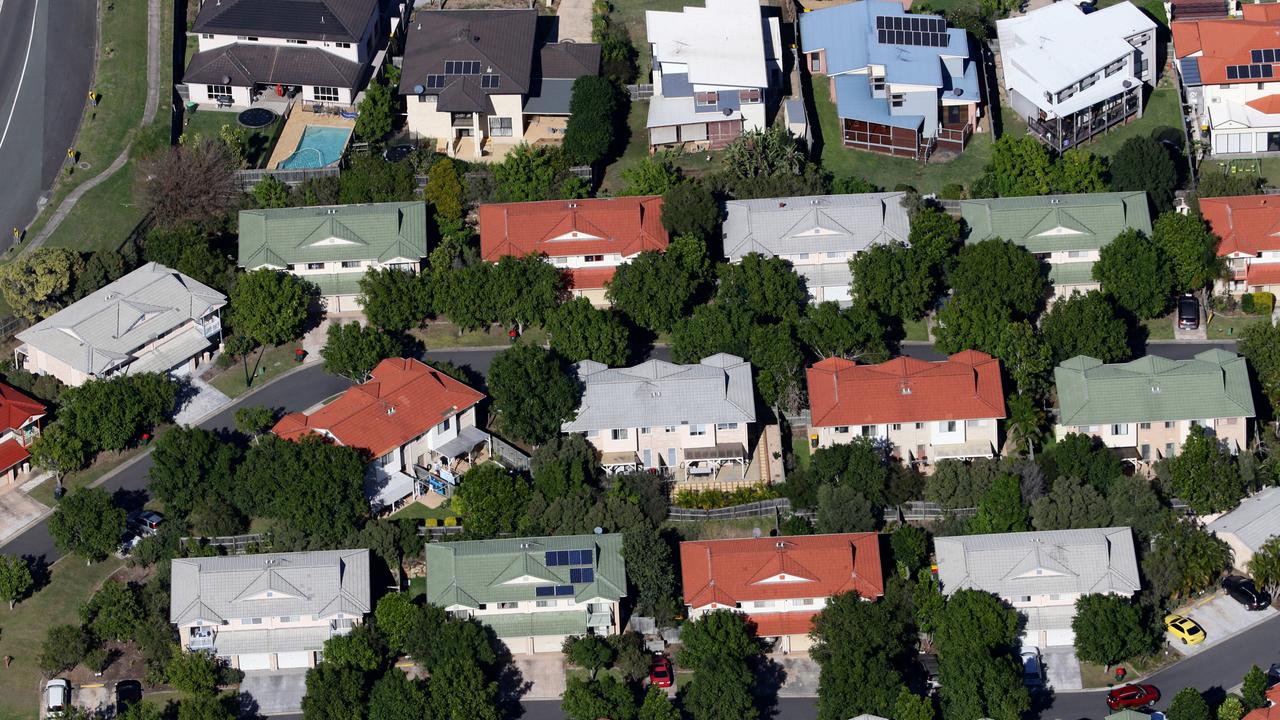Melbourne housing market: Almost 70 suburbs set to join million-dollar club by 2025
Melbourne homeowners in almost 70 suburbs are set to cash in after forecasts it will become a million-dollar city again by 2025. SEARCH YOUR SUBURB.
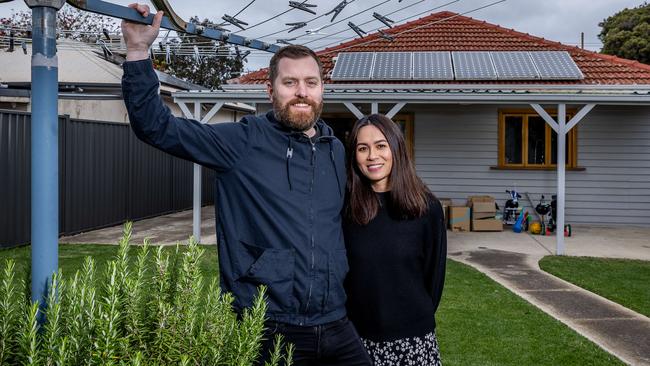
Property
Don't miss out on the headlines from Property. Followed categories will be added to My News.
Melbourne homeowners could be set to cash in after forecasts it will become a million-dollar city again by 2025.
And the growth surge could see almost 70 suburbs rise to seven-figure housing markets in the next two years.
Consultancy firm KPMG’s property price predictions show the city’s median house price could hit $1,024,495 by June, 2025.
RELATED: Gentrifying suburbs: Key signs your suburb is getting pricey
John McGrath: Property guru reveals picks for top Victorian suburbs to boom in 2024
Melbourne records annual uptick in house prices despite stock increase: PropTrack Home Price Index
Applied to suburban PropTrack data, the forecast would raise house prices past the seven-figure mark in 68 Melbourne suburbs in the same timeline.
Ringwood East is on track to add a whopping $173,755 to its median house price in fewer than two years to hit a forecast $1,167,321, while northeast ‘burbs like Briar Hill, Diamond Creek and Greensborough are also slated for hefty gains that will see the postcodes soar above $1m.
KPMG chief economist Dr Brendan Rynne said the predictions were based on a range of factors likely to continue pushing property prices up including a lack of housing supply.
“Despite high interest rates, constrained supply will likely dominate the factors influencing property prices in the short term and result in continued price gains,” Dr Rynne said.
“House and unit prices will then accelerate further in the next financial year as dwelling supply continues to be limited, due to scarcity of available land, falling levels of approvals and slower or more costly construction activity.”
Other contributing factors included higher demand as a result of heavier migration, anticipated rate cuts in the 2025 financial year, potential relaxed lending conditions, more renters looking to buy due to increased rents, and foreign investor demand.
In Melbourne’s west, houses in West Footscray could fly over $1m as soon as next year and reach a projected $1,159,897 by mid-2025.
Buxton inner west director and auctioneer Matthew John said West Footscray served as a sister suburb to pricier neighbouring areas like Yarraville and Seddon, which have both seen immense price growth over the past five years.
“The beauty of West Footscray compared to streets in Footscray, Yarraville and Seddon is the bigger block sizes with a big back yard, which is what young families are looking for,” Mr John said.
“There are still opportunities for that sub-$1m price point that still give people the ability to get a bit of size.”
It comes after PropTrack figures showed Melbourne’s home price growth accelerated in September, returning the city to positive annual growth for the first time since 2022.
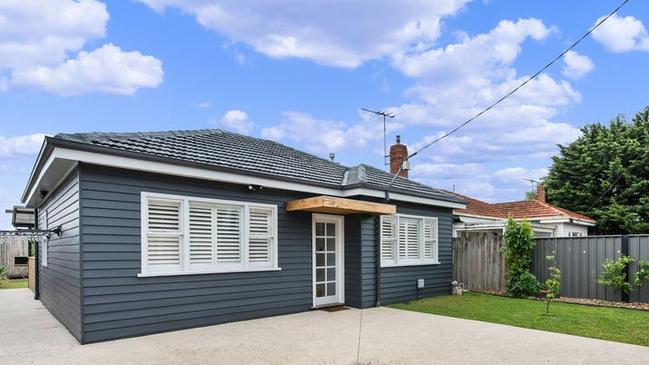
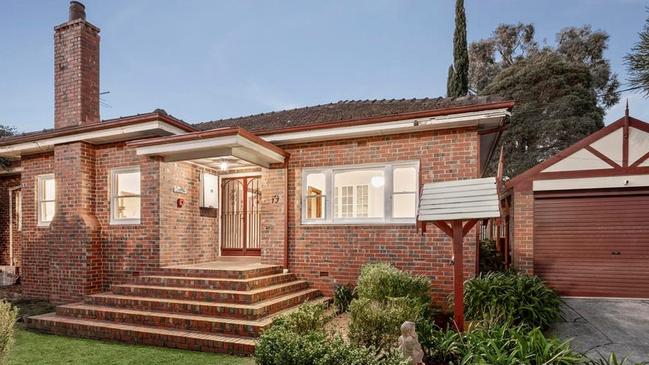
But the good news for existing homeowners is another kick for affordability-conscious first-home buyers.
The forecast price hike will leave just Melton, Melton South and Coolaroo with median house prices below the state government’s current $600,000 cap for waiving stamp duty costs, Victoria’s most expansive program to help young buyers.
Less than 10 per cent of suburbs will be accessible for first-timers under the current $750,000 threshold for stamp duty concessions and the $10,000 first-home owner grant.
Mortgage Choice broker David Thurmond said to afford a deposit for a $600,000 home, buyers would need an income of at least $75,000-$80,000 a year.
“And that’s assuming you have no children, are single and don’t have any debts,” Mr Thurmond noted.
“When you start throwing in normal life situations like car loans, credit cards or kids, then the requirements increase even further.”
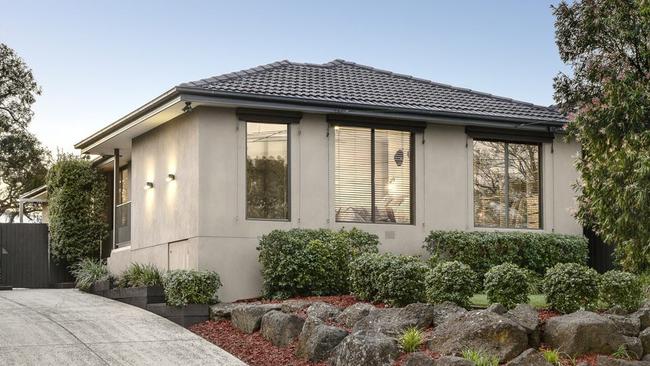
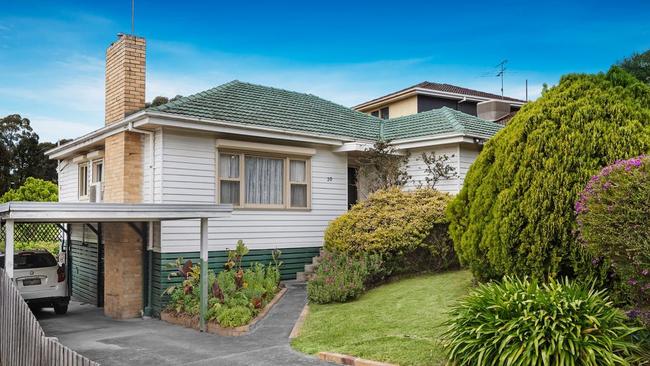
The mortgage broker said he was expecting Melbourne’s most affordable property prices to “take off like a rocket” over the next two years and that caps on government homebuying programs needed to be adjusted accordingly.
“The numbers are probably a decade old and need to be adjusted otherwise you’re going to push people further and further away from metro areas,” he said.
Dr Rynne added that state governments across the country needed to review first-home buyer caps regularly — at least every three years — to reflect the demographic’s purchasing power.
“The short term fix could be that you lift the cap for first-home buyer support to another threshold and escalate it by an amount that reflects the general price escalation so they’re still targeting properties at the lower cost spectrum,” Dr Rynne said.
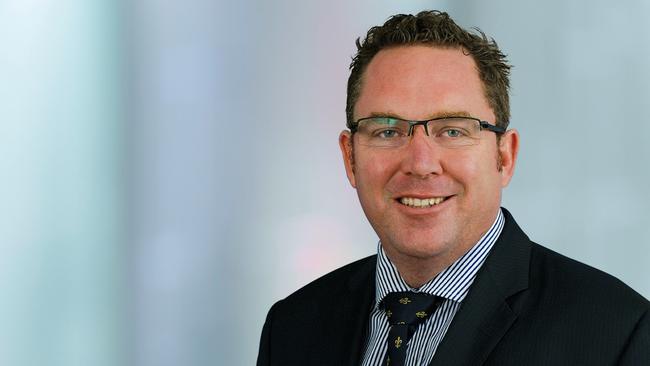
However he noted that planning reform was the “much better” long-term solution to the nation’s housing crisis.
“Inner and middle ring suburbs need planning reform that allows for an increase of density in housing stock in all main capital cities,” the economist said.
“Every state government needs to address this — they are aware of the housing crisis but what we need to do is see if there are some short term solutions mixed in with proper long term structural change.”
With home prices continuing to rise across Melbourne, PropTrack senior economist Eleanor Creagh said the deposit hurdle, the largest to home ownership and a key barrier for first-home buyers, had increased as interest rates rose.
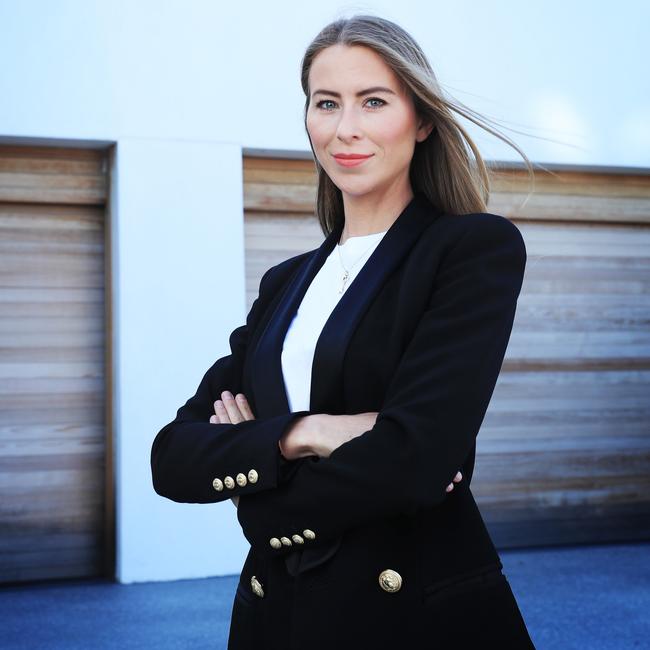
“This means more time to save for a deposit, making entering the market less accessible for many first-time buyers,” Ms Creagh said.
“At the same time, interest rates are higher, borrowing capacities have reduced significantly and mortgage servicing costs have increased.
“As a result, affordability has deteriorated markedly, and is likely to remain stretched, with home prices expected to keep rising.”
She added that the government was not currently building enough homes to hit the national cabinet’s goal to build 1.2 million homes in the next five years.
“With Australia’s population set to keep growing over the next two decades, building more new homes where people want to live will be critical if we are serious about tackling housing affordability,” Ms Creagh said.
FOREVER FAMILY HOME IN THE WEST
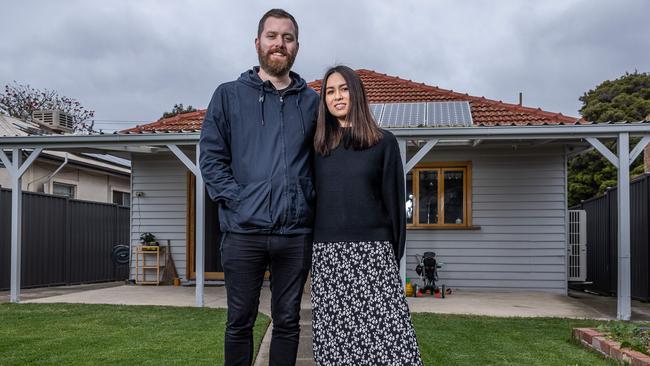
Chris Potter and his wife Julie found their “forever home” this year in the heart of West Footscray.
The 37-year-old said Melbourne’s west generally seemed to have “more culture” than other regions of Melbourne, with a wide culinary scene and proximity to the city adding to its appeal.
“Those kinds of things attracted us to the area compared to where I grew up in the northern suburbs,” Mr Potter said.
“We see this as our forever family home.”
He added that many of his friends were moving to West Footscray and its surrounds as the region was growing in popularity for young families.
“For me, the suburb was worth going to (my price limit) because I can see the growth potential,” he said.
68 MELBOURNE SUBURBS SET TO SOAR OVER $1M
What the suburb is priced at today, and what it could rise to by June 2025:
HOUSES
Ringwood East: $993,567 – $1,167,321
Briar Hill: $992,810 – $1,166,433
Mulgrave: $992,549 – $1,166,126
Diamond Creek: $992,323 – $1,165,860
Greensborough: $991,400 – $1,164,776
Strathmore Heights: $990,614 – $1,163,852
Knoxfield: $988,889 – $1,161,825
Kallista: $988,457 – $1,161,318
West Footscray: $987,247 – $1,159,897
Sandhurst: $983,995 – $1,156,076
Wattle Glen: $983,640 – $1,155,659
Yallambie: $979,748 – $1,151,086
Scoresby: $978,930 – $1,150,125
Dromanah: $976,902 – $1,147,743
Clarinda: $972,456 – $1,142,519
Gisborne: $963,310 – $1,131,774
Coburg North: $959,726 – $1,127,563
Riddells Creek: $955,878 – $1,123,042
Bellfield: $953,101 – $1,119,779
Keilor East: $951,613 – $1,118,031
Footscray: $946,082 – $1,111,533
Chelsea Heights: $945,269 – $1,110,578
Carrum: $934,678 – $1,098,134
Heidelberg Heights: $932,493 – $1,095,567
Kalorama: $932,468 – $1,095,538
Beaconsfield: $929,864 – $1,092,479
Avondale Heights: $928,589 – $1,090,981
Hurstbridge: $927,916 – $1,090,190
Emerald: $927,643 – $1,089,869
Altona North: $921,162 – $1,082,255
Belgrave Heights: $919,542 – $1,080,352
Airport West: $917,117 – $1,077,502
Watsonia: $908,260 – $1,067,096
Attwood: $907,728 – $1,066,471
Watsonia North: $907,484 – $1,066,184
Maidstone: $907,476 – $1,066,175
New Gisborne: $906,811 – $1,065,394
Taylors Lakes: $906,519 – $1,065,050
Clayton South: $905,843 – $1,064,256
Pearcedale: $904,921 – $1,063,174
Gembrook: $904,819 – $1,063,053
Botanic Ridge: $904,431 – $1,062,597
Croydon: $900,875 – $1,058,420
Cairnlea: $900,369 – $1,057,825
Bayswater: $895,528 – $1,052,138
Chirnside Park: $894,564 – $1,051,005
Montrose: $890,59 – $1,046,338
Keilor Lodge: $888,638 – $1,044,043
Ferntree Gully: $886,899 – $1,042,000
Selby: $885,549 – $1,040,413
Tecoma: $883,557 – $1,038,073
Reservoir: $882,871 – $1,037,267
Gowanbrae: $881,700 – $1,035,892
Lyndhurst: $881,528 – $1,035,690
Upwey: $880,080 – $1,033,988
Taylors Hill: $868,880 – $1,020,830
Keysborough: $868,258 – $1,020,099
Croydon South: $866,712 – $1,018,283
Greenvale: $865,995 – $1,017,440
Upper Ferntree Gully: $864,554 – $1,015,747
Berwick: $862,784 – $1,013,668
Kinglake: $859,946 – $1,010,333
Bayswater North: $859,862 – $1,010,235
Officer South: $858,663 – $1,008,825
The Basin: $857,994 – $1,008,040
Lilydale: $857,560 – $1,007,530
Boronia: $856,462 – $1,006,239
Springvale: $853,543 – $1,002,811
Source: NewsCorp analysis of KPMG and PropTrack data
— additional reporting by Sarah Petty
Sign up to the Herald Sun Weekly Real Estate Update. Click here to get the latest Victorian property market news delivered direct to your inbox.
MORE: Josh Dunkley: Brisbane Lions’ star looking to handball Melbourne home at auction
Williamstown mansion with ‘men’s wellness centre’ comes to market
emily.holgate@news.com.au


